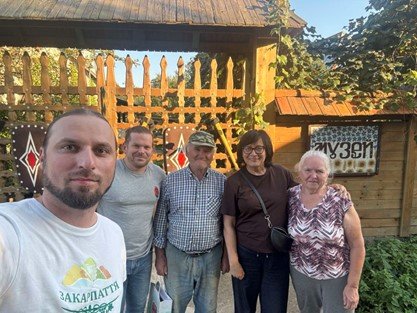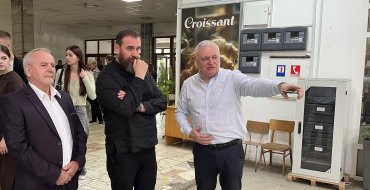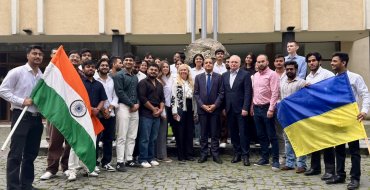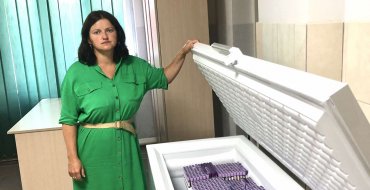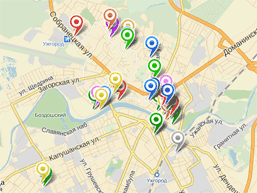DRANICA.24: preserving Carpathian woodworking traditions as a step towards sustainable development in the region
The international project DRANICA.24 “Promotion of wooden products as elements of the intangible cultural heritage of the Carpathian Euroregion” is being implemented within the framework of the INTERREG VI-A NEXT Hungary-Slovakia-Romania-Ukraine program. The first stage is currently coming to an end. The main objectives of the project are to preserve woodworking traditions, document ancient techniques, create a technical manual, and develop cultural tourism in the Carpathian region.
Partners from Romania, Hungary, and Ukraine are participating in the project. The coordinator is the Maramures Chamber of Commerce and Industry, and the implementation in Ukraine is provided by a team from Uzhhorod National University led by Vice-Rector Myroslava Lendiel. The Ukrainian group includes Oksana Svezhentseva, Ruslana Voloshyn, as well as researchers from the departments of archaeology, ethnology and cultural studies, Romance languages and foreign literature Nadiia Keretsman, Volodymyr Hutsul, Yuriy Slavik, Pavlo Lenio, Taras Datsio.
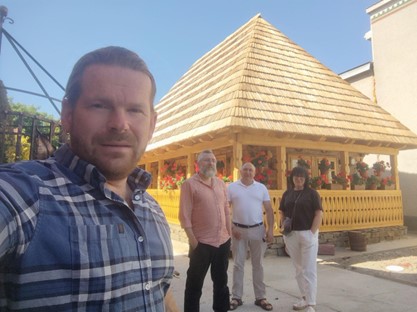
According to Pavlo Lenio, who is responsible for the research part of the project, one of the most unexpected discoveries during the work concerns the rate of loss of craft knowledge.
"We see how quickly woodworking techniques are disappearing, regardless of whether they are simple or complex. Young people are rarely interested in crafts, and if the trend does not change, in two decades most woodworking specialties will become scarce. At the same time, it is interesting that craftsmen often combine modern tools with traditional ones. This proves that not everything new is always better. For example, hand-cut shingles are of higher quality than those made on a machine," notes the researcher.
The project brought together scientists and craftsmen from three countries in the Carpathian region. Despite their different approaches and challenges, they are united by a common goal of preserving their living heritage.
"Each team works in its own region, collecting field material. In Hungary, traditional crafts have been levelled out more quickly, so there are fewer active craftsmen there. However, the cultural commonality of the Carpathian region is obvious. Wooden products and objects are similar in form and manufacturing technique, differing only in names or ornaments. For example, Romanian gates often have a gable roof, which is rare among Ukrainians," adds Pavlo Lenio.
One of the main outcomes of DRANICA.24 will be a technical manual on traditional woodworking, which will combine historical, cultural, and practical aspects.
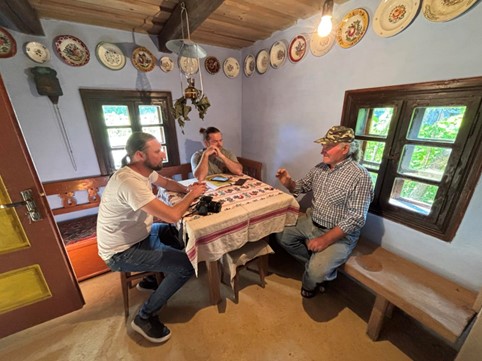
“The manual will help popularize the craft, preserve descriptions of tools, techniques, and types of wooden structures, and serve as an instruction manual for those who want to master the basics of this craft. It will be interesting for both local residents and tourists,” explains the researcher.
In the future, traditional woodworking could become one of the areas of sustainable tourism in Zakarpattia.
"Our wooden products do not compete with mass-produced Chinese goods, but they have their own niche in souvenirs and household items. Products made from old oak that has already been used are gaining popularity.
The trend for natural materials is returning, but we need to preserve the craftsmen, otherwise in a few years there will be no one to meet the demand," he emphasizes.
Despite the difficult conditions of wartime and economic challenges, the DRANICA.24 team continues its research and communication work. By the end of 2026, it plans to hold international and national workshops, a festival, publish a guide, and create an online platform dedicated to woodworking traditions.
“Once upon a time, every villager could make any wooden product, from a spoon to a house, with their own hands. This is an idealized picture, but if we managed to preserve a network of craftsmen of various specializations in the villages, and not just masters of artistic carving, it would already be a great victory,” concludes Pavlo Lenio.
DRANICA.24 is about mutual understanding, continuity, and responsibility to cultural memory. The project demonstrates that preserving traditions can be a scientific, educational, and practical task that unites people on both sides of the Carpathians.
Anastasiya Lendel
Information and Reference Center

